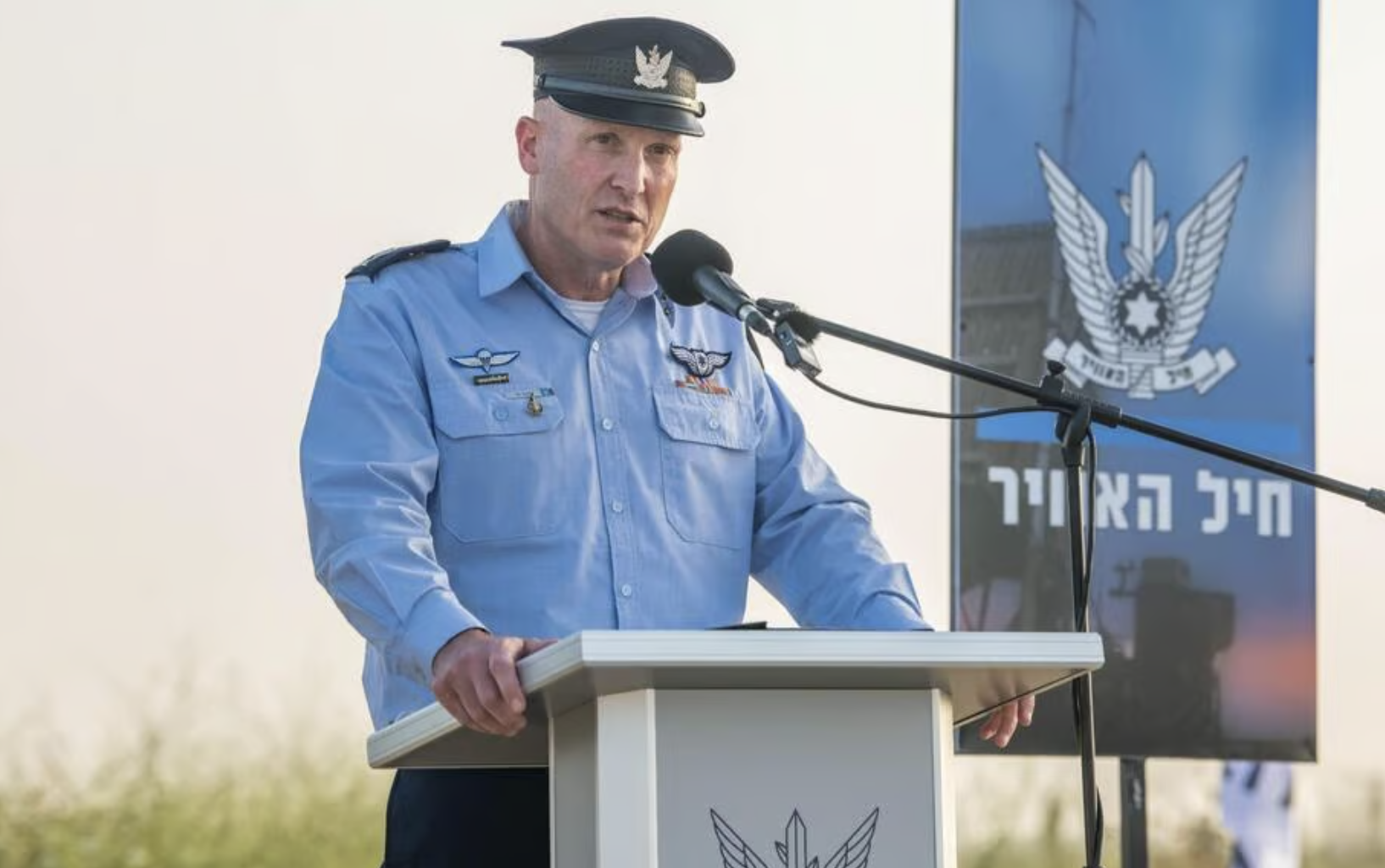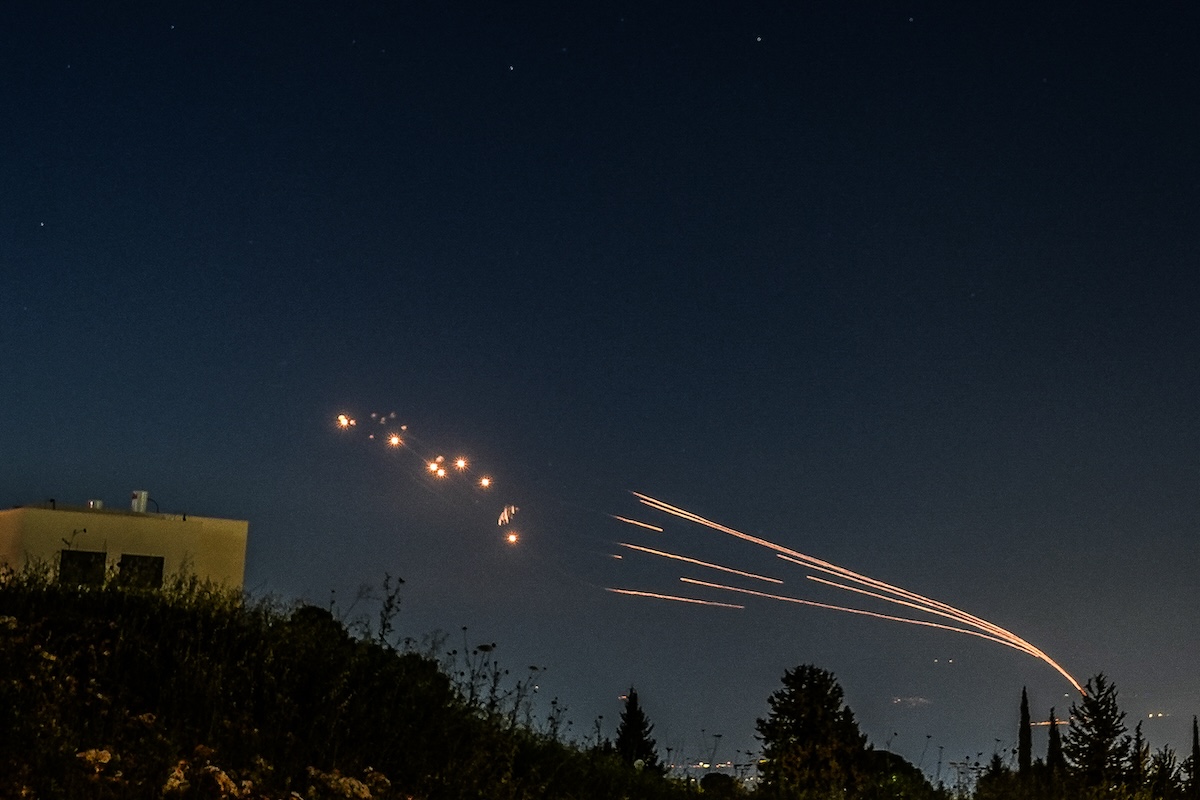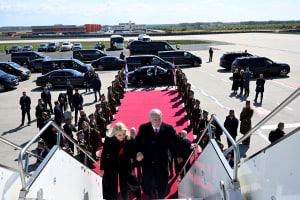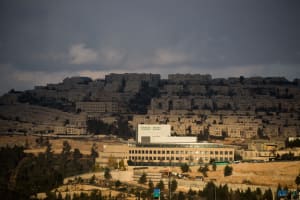IDF inaugurates new Iron Dome missile defense battalion amid multi-front war

The Israel Air Defense Command recently inaugurated the 139th Iron Dome Battalion, further strengthening the country’s defense capabilities.
The aerial battalion was previously operational but closed in 2021, after the end of Operation Guardian of the Walls, the previous conflict between Israel and the Hamas terrorist organization.
Israel's Ministry of Defense decided to reactivate the battalion to meet the growing challenges amid the ongoing multi-front war against the Iranian-backed terror proxies, including Hezbollah in the north, Hamas in the south and the Yemenite Houthi rebels firing rockets on Israel's most southern city Eilat.
During the inauguration ceremony for the Iron Dome battalion, Israel Air Force (IAF) Commander Maj.-Gen. Tomer Bar summarized the situation since the Hamas massacre on Oct. 7.
“For more than seven months, the fighters of the air defense command have been engaged in a challenging multi-front battle that is unprecedented in its scope,” Bar stated.

Hamas and Hezbollah have launched thousands of rockets, missiles and drones against Israel since Oct. 7. In addition, Iran launched a massive, direct missile and drone attack on Israel in mid-April.
Most of Hamas’ rocket capabilities are believed to have since been either depleted or destroyed by the IDF, although a barrage of Hamas rockets killed four Israelis in early May.
In March, the Houthi terror group successfully fired a missile that penetrated Israeli airspace over Eilat for the first time. In April, the Israeli Navy used a ship-mounted Iron Dome missile defense system for the first time, to intercept and neutralize a “suspicious aerial target” that entered Israeli airspace close to Eilat.
On the northern front, Hezbollah remains a threat to Israel’s security, reportedly with a vast arsenal of over 100,000 rockets and missiles. In addition, the Iranian regime has provided Hezbollah with increasingly sophisticated attack drones that are being deployed against targets across northern Israel.
The IAF commander addressed this unsustainable threat, especially against northern Israeli communities.
“Together, we will also know how to expand and intensify the attack if needed. This will be an attack with a tremendous range of fire, which will remove threats,” Bar said.
Approximately 80,000 Israeli civilians have been evacuated from their homes since Hezbollah launched its attacks on northern Israel shortly after the Oct. 7 Hamas attack. These displaced Israelis have been living in temporary housing arrangements, not knowing when they will be allowed to return to their homes.

Kiryat Shmona, an Israeli city of approximately 20,000 people near the Lebanese border, has virtually become a ghost town. Residents of the border towns have increasingly demanded that the IDF address the threat to their lives.
On Friday afternoon, Hezbollah terrorists in southern Lebanon fired a barrage of missiles at Kiryat Shmona, one of which made a direct hit on the building next to a Messianic congregation.
The Head of the Air Defense Command, Brig.-Gen. Gilad Biran stated that the newly inaugurated Iron Dome battalion “is part of a fundamental process of change and strengthening led by the Air Force."
IDF Lt.-Col. Tom Ironi revealed that the “members of the battalion received new weapon systems, [and] deployed them at the front of the battle.”
While Israel is boosting its aerial defense capabilities, it has simultaneously increased its offensive operations against Hezbollah forces in Lebanon.
Earlier this week, a senior Hezbollah commander, Qassem Saqlawi, was killed by an Israeli drone in southern Lebanon. The terror group has reported at least 300 of its operatives have been killed by Israel since Oct. 8. Israeli officials believe the true number is significantly higher and includes at least 30 senior commanders.

The All Israel News Staff is a team of journalists in Israel.














